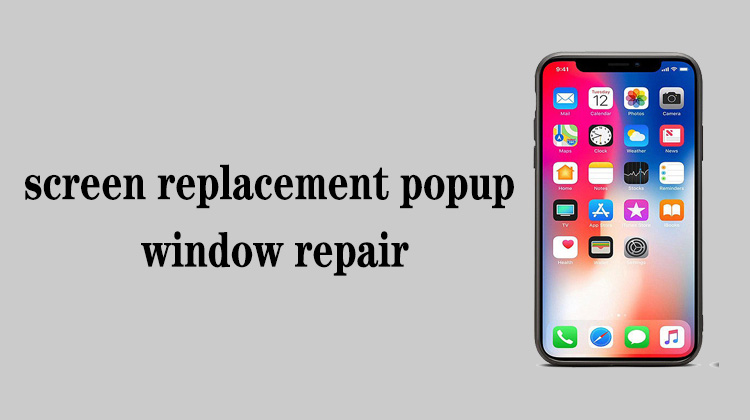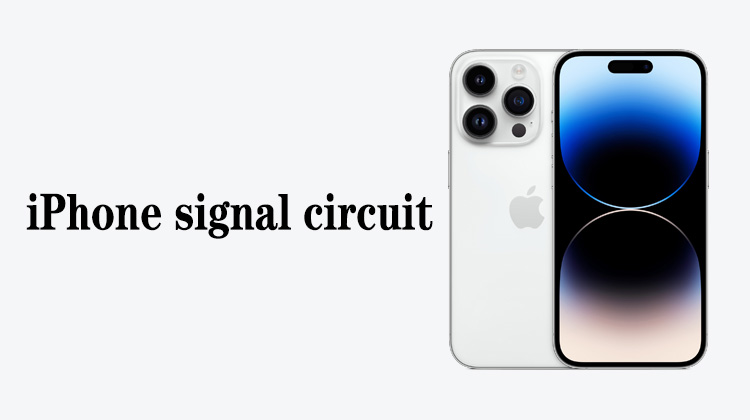1
00:00:02,800 --> 00:00:06,266
This is an old screen, I didn't notice it before
2
00:00:06,566 --> 00:00:10,166
Now put the flex cable under the microscope and magnify it,
3
00:00:10,266 --> 00:00:13,366
and find that the screen has also been replaced before
4
00:00:17,933 --> 00:00:22,833
This is the back-sealing glue, it is obviously hand-made, not the original glue,
5
00:00:23,366 --> 00:00:26,533
the glue from the original factory will not be so irregular
6
00:00:39,100 --> 00:00:40,733
This kind of screen cable,
7
00:00:40,966 --> 00:00:45,400
whether it has been disassembled or not, we will directly pull it over
8
00:00:45,866 --> 00:00:49,166
Because this screen is dead, we just need this chip now
9
00:00:49,766 --> 00:00:53,733
Let's fold this chip sideways and tear the chip off from the top
10
00:01:12,300 --> 00:01:16,033
Then use a blade to scrape off the excess glue on the side
11
00:01:41,100 --> 00:01:43,633
Use a blade to scrape off the wires under the chip
12
00:02:01,100 --> 00:02:02,533
if this is original,
13
00:02:02,933 --> 00:02:06,566
after the bottom is scraped, there will be a lot of black glue in it
14
00:02:07,266 --> 00:02:09,033
It has already been replaced,
15
00:02:09,333 --> 00:02:13,000
so after scraping, pads leaked directly from the bottom
16
00:02:37,933 --> 00:02:41,566
In this case, we directly use a soldering iron to flatten it
17
00:02:42,400 --> 00:02:44,333
give it some flux
18
00:02:46,933 --> 00:02:49,166
There is no need to continue scraping
19
00:02:49,400 --> 00:02:53,266
If you continue scraping , it is easy to scrape off the pads
20
00:02:53,766 --> 00:02:57,000
Because there is no black glue between the pads to support
21
00:02:59,666 --> 00:03:02,266
There is also a thin layer of glue on the chip
22
00:03:27,333 --> 00:03:28,466
Clean it up a bit
23
00:04:07,566 --> 00:04:09,366
Brush around it with a brush
24
00:04:20,766 --> 00:04:25,266
Ok, we have finished processing the chip on the original screen cable







